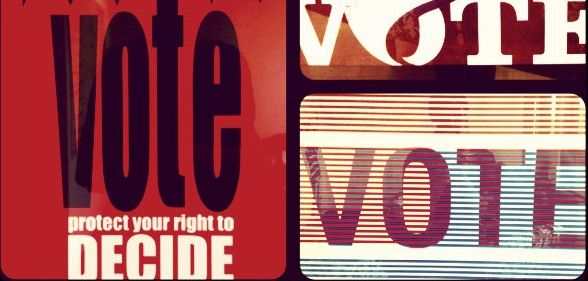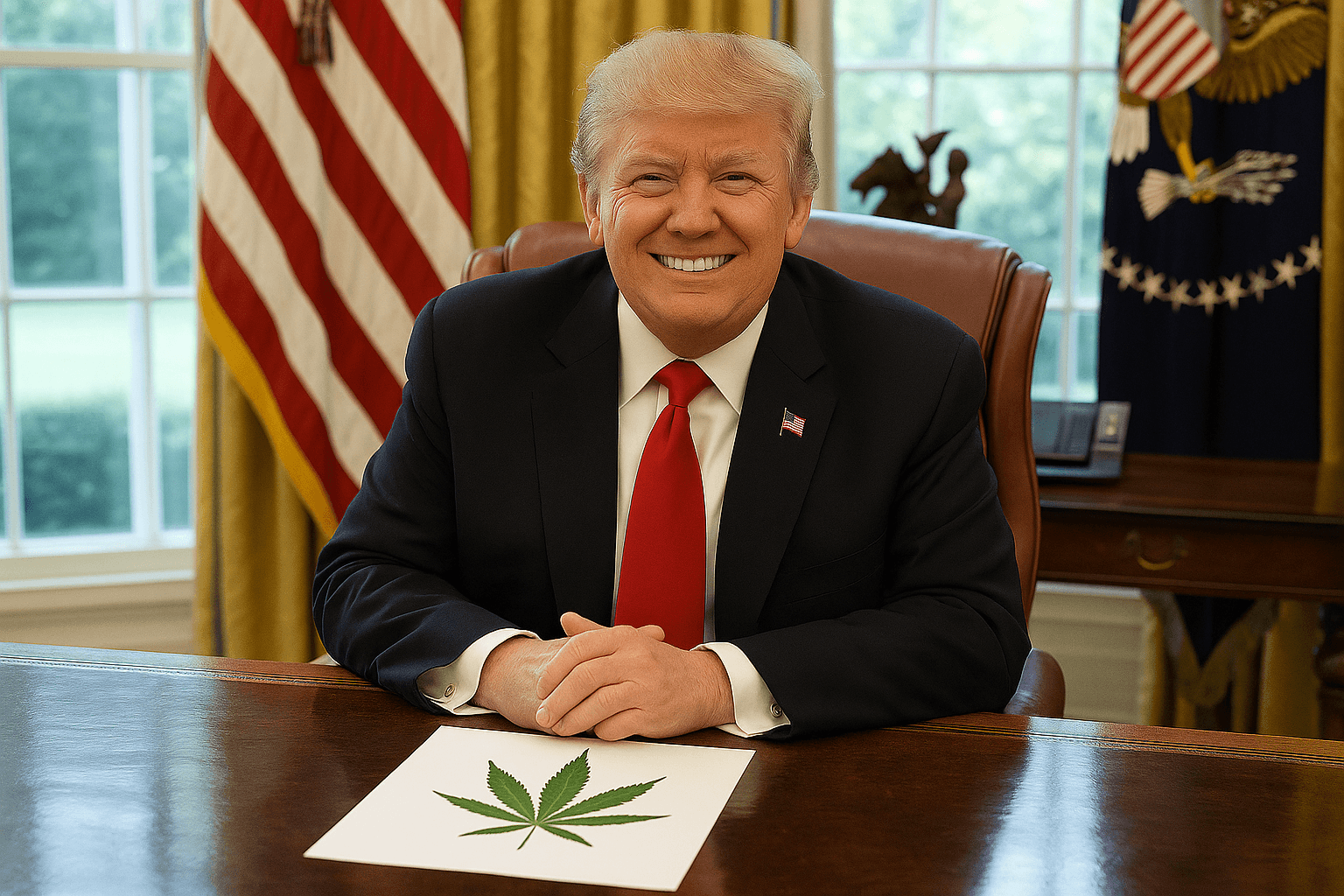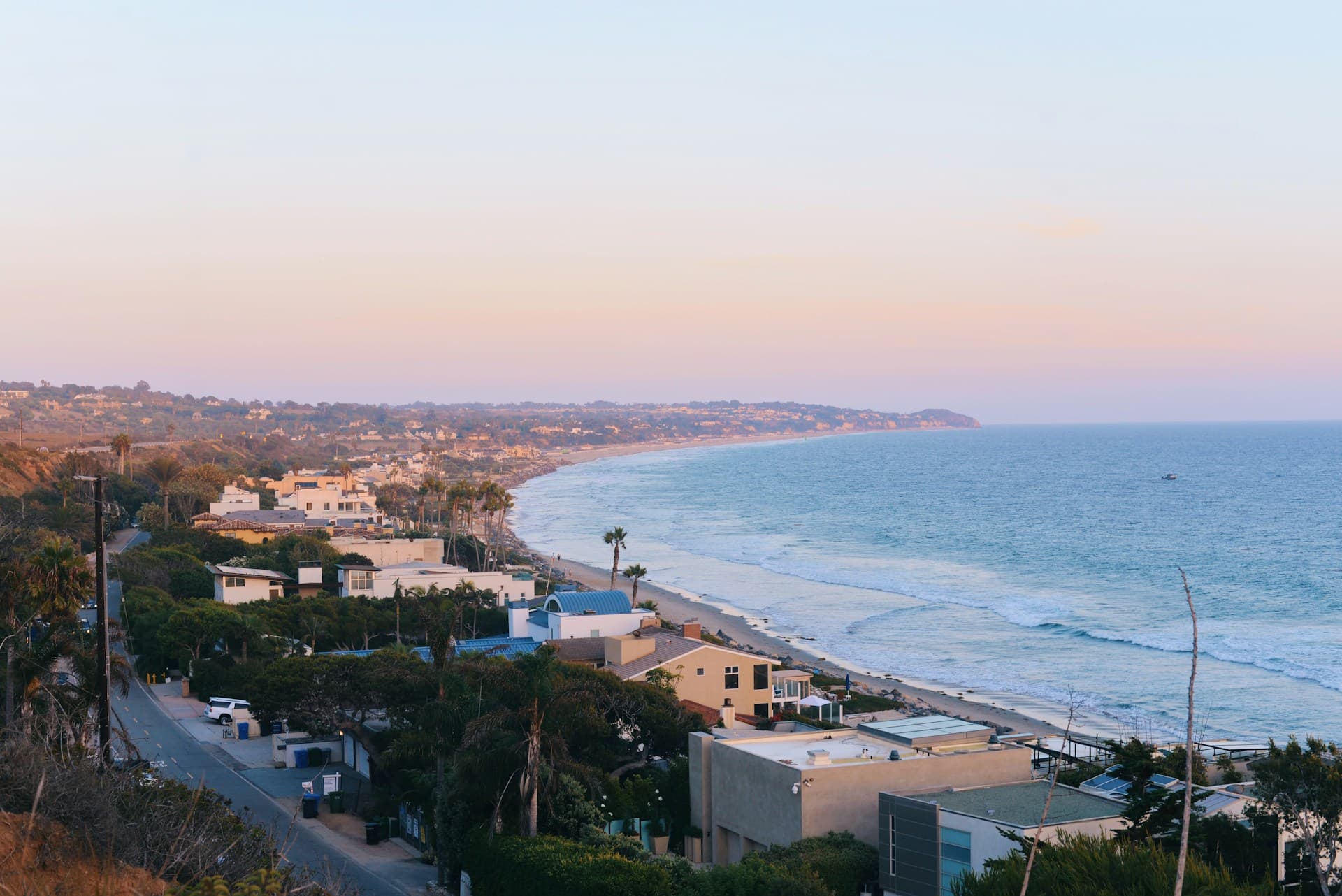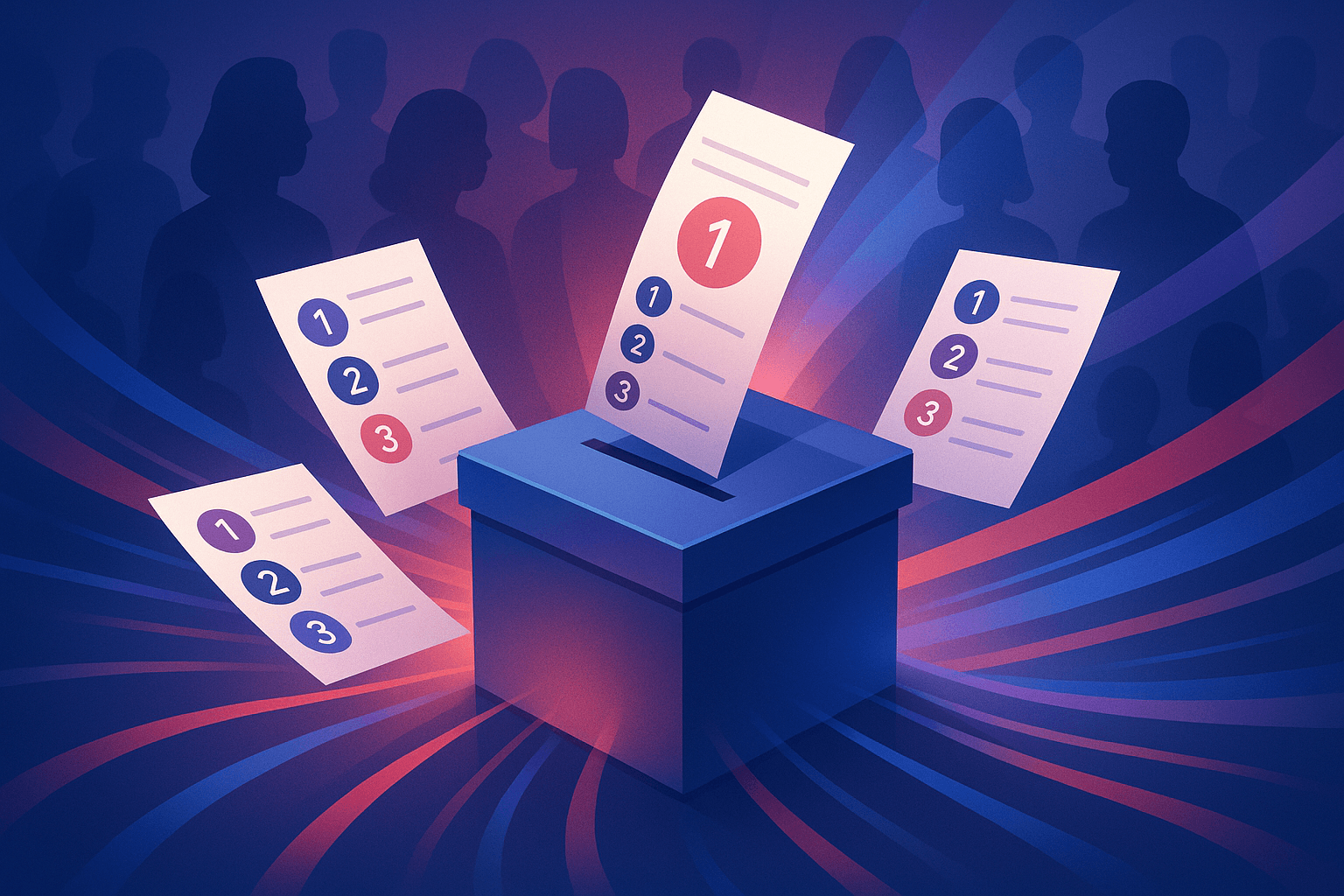Effect of Open Primary Could Doom Incumbent Partisans

 The Independent Voter Project recently published an analysis of the effect of open primary elections in California. Out of the over 240 candidates that ran for California congressional offices, 25 ran without a party affiliation. There was at least one non-partisan candidate in 20 of the 53 districts. These 25 candidates fell into two statistical categories: those who received less than 7% of the vote (Tier 1) and those who received greater than 11% district wide (Tier 2). No candidates fell between 7-11% of the total vote.
The Independent Voter Project recently published an analysis of the effect of open primary elections in California. Out of the over 240 candidates that ran for California congressional offices, 25 ran without a party affiliation. There was at least one non-partisan candidate in 20 of the 53 districts. These 25 candidates fell into two statistical categories: those who received less than 7% of the vote (Tier 1) and those who received greater than 11% district wide (Tier 2). No candidates fell between 7-11% of the total vote.
Many Tier 1 non-partisan candidates had difficulty fundraising, pushing many of them out of the race due to either a lack of significant expenditures, or in the cases of San Diego’s 49th and 52nd Districts, they were heavily outspent by their partisan opponents.
Tier 2 non-partisan candidates managed to receive a significant number of votes. There were 7 non-partisan candidates that received over 11% of the vote. Four made it in the top-two of their race, qualifying for the general election. The candidates that qualified for the general election, with the exception of one candidate, faced weak opponents in highly partisan districts; either Democratic or Republican. It could be concluded that independent candidates are a viable alternative to presumptive representatives in a highly partisan district, though it is too early to predict their viability in the general election.
The most comparable of non-partisan races in this election were the Central Valley’s 10th District and the Ventura/Los Angeles 26th District. As non-partisan candidates, both Chad Condit and Linda Parks faced strong opposition from both Democrats and Republicans.
Linda Parks’ early polls showed her in second place through most of the election. However, public sentiment toward her fell as negative media releases by her Democratic opponents increased. Chad Condit, on the other hand, saw a trend in the opposite direction. With some (and possibly negative) name recognition, Condit’s polling steadily increased through primary Election Day. Condit may credit his successful trend to the lack of negative attacks on his campaign and the positive online and ground operation.
A few questions should pervade any analysis or conclusion regarding the effect of open primary elections. If the open primary was not a success for non-partisan voters, then why do the parties keep filing legal challenges to the measure, and why would they complain that the system is open to more manipulation than before? Surely, the parties have the most money, power, and standing to manipulate elections. They pay all the top consultants. They have the most in-depth voter lists and databases. They have access to media. They have the infrastructure.
The test for the effect of open primary is in November – when the most people vote. There are a number of same party contests as well as two prominent independent vs. Democrat races, including a well-funded independent campaign against incumbent Henry Waxman. The independent candidates will still have to face their opponents without any significant support structure. However, the dynamic of a head-to-head contest in a high turnout general election is fundamentally different than a low turnout primary.
The result is all of the candidates will have to win the vote of a larger number of voters. No matter the winners or losers, advocates for open primary believe that greater participation and more selection in candidates makes the voters the winners. At least one senior incumbent Congressman appears to be on the ropes as a result of the open primary – Pete Stark (D) is losing ground to his Democratic challenger as the November election approaches and local support appears to be swinging against the Congressman. Should Pete Stark lose, this race will be the first to be clearly decided by the new open primary.
 Chad Peace
Chad Peace

